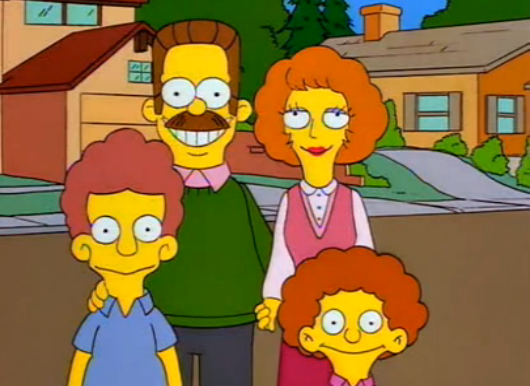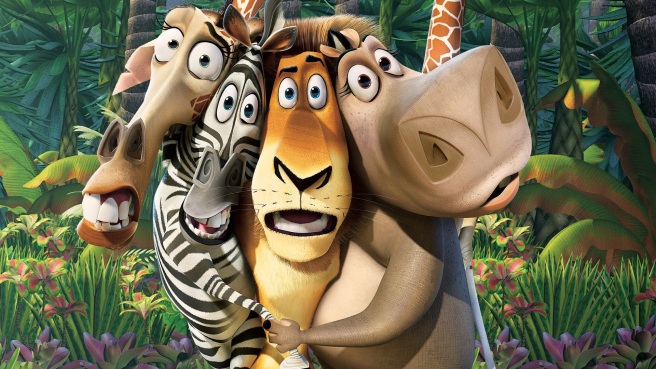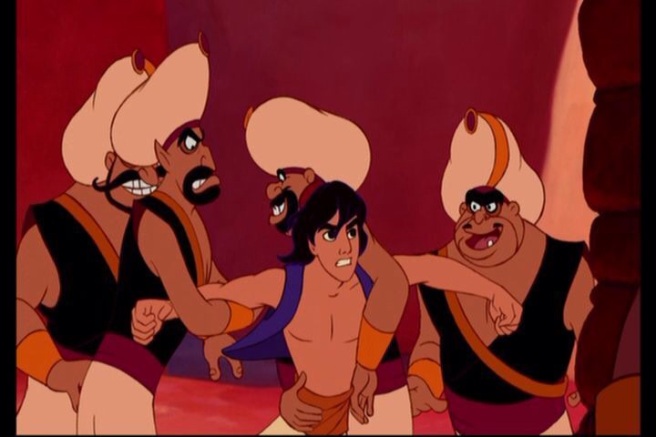You don’t often see Christian characters portrayed in film and television, for one reason: it’s considered boring. The media isn’t out to get the Christian population, or trying to ignore them, the fact is that people don’t want to watch a Christian person just trying to do good everyday, understandably. The same goes for a regular person, why watch a regular persons life, where is the entertainment? Although, there are examples of Christian’s who have lead incredible lives and changed the world, for example, Martin Luther King Jr. He stood up for the rights of African-Americans, and was assassinated for what he believed in. Stereotyping is not the way to represent a group of people, especially if it’s just so they are included.
Although Christians aren’t in many movies or shows, their stereotypes are well-known by most people in the west. These stereotypes mostly include strict parents, people who never have fun, and people who are ignorant and judgemental. These representations are inaccurate and offensive, they have been created by society and the media. The media continues to reinforce these stereotypes by choosing to portray Christian characters with these characteristics. What it presents to the population of the western world is full of Christian stereotypes.
When Christian’s characters are in films, they are judgmental and rude, hated by viewers and other characters, either that or they are usually a side character who leads a boring life, spending a lot of time in church and praying, they never have fun and don’t seem to have any worries. For example, Ned Flanders out of the popular television show, The Simpsons.
Ned Flanders is the cliché Christian dad, who attends church, is strict on his children, uses appropriate language, and is considered annoying by other characters in the show, such as his neighbours – the Simpson family. The way he uses his language is amusing to viewers, he replaces curse words with made up words such as “dang-flabbit” or “gosh-diddly-darn”. Ned is against anything to do with the supernatural, as stereotypical Christians do, this is clearly represented here. He brings up his two sons by protecting them from anything from the outside world that is against their beliefs as Christians, or could be considered inappropriate by Ned. As a result, these two boys are naïve and completely oblivious to anything outside of church, home and school, and they don’t have any friends.
Most would argue that they have never met a Christian who has these traits, and Christians are genuine people. Although considered humorous by some, it can also be seen as insulting and incorrect to show stereotypes like these in the media and shouldn’t be there at all.
Source list:
http://simpsons.wikia.com/wiki/Todd_Flanders
http://m.www.youtube.com/watch?v=IFTR2JJcKUg
http://brettshoemaker.me/2014/08/25/10-christian-stereotypes-i-hate/


